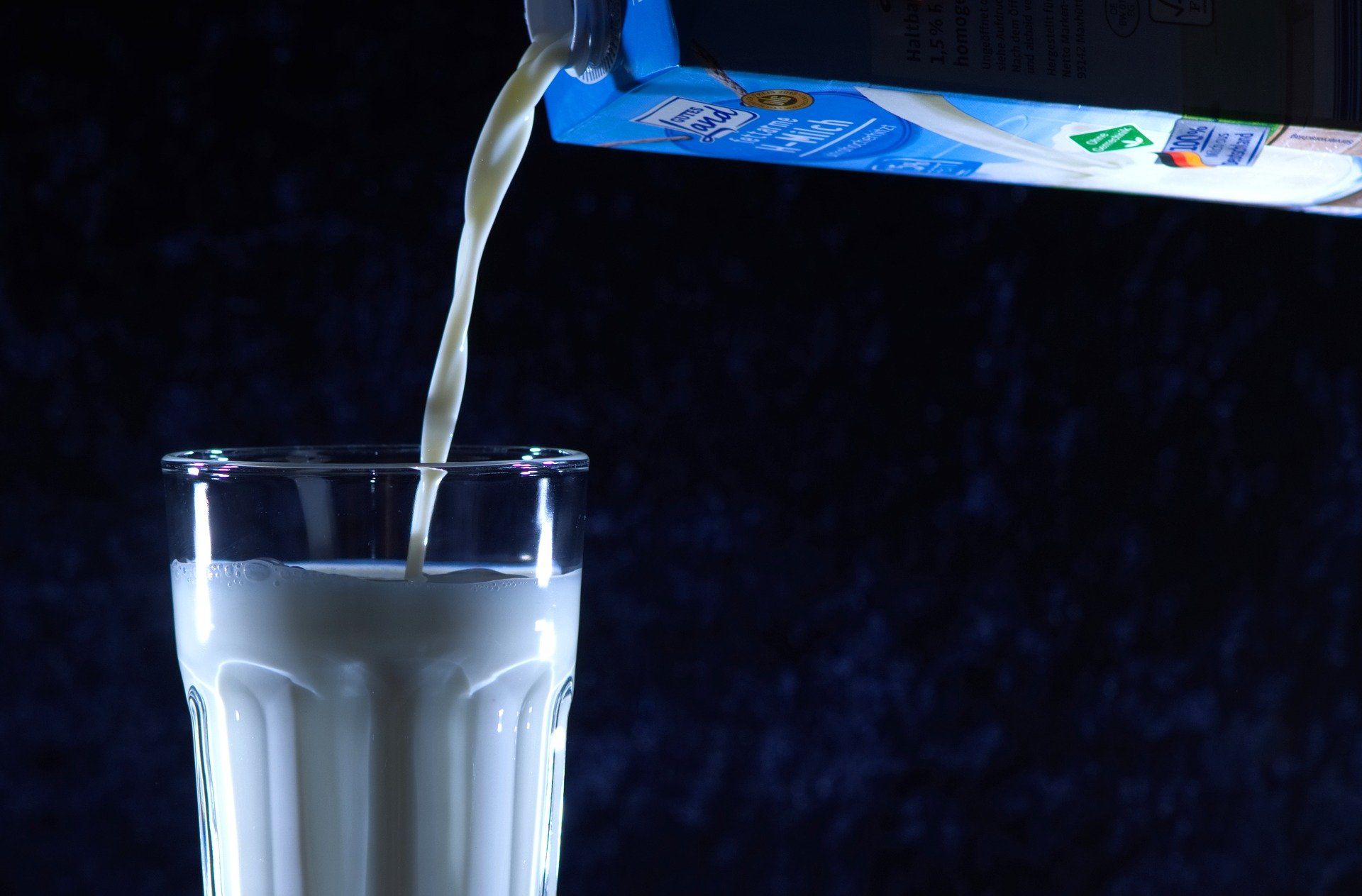1MG FlippingBooks
Coles to source milk directly from farmers
Coles has announced plans to cut out the middle man and source milk directly from farmers for its Coles Brand Fresh White Milk two- and three-litre products.
The supermarket giant intends to bypass processors and start a direct relationship with dairy farmers in Victoria and Southern and Central New South Wales, starting from next month.
The announcement came as surprise to most within the industry, with many peak bodies cautious to trust Coles given the company’s role in the price wars that have crippled the industry.
“At this stage, the nuts and bolts of how and what this relationship and process will look like is pure speculation, with only Coles knowing truly what its intentions are,” says Eric Danzi, Executive Officer at Queensland Dairyfarmers’ Organisation. “What we need to ensure is that this does not give Coles even more power over dairy farmers and does not allow Coles to revert to $1/L pricing.”
Australian Dairy Farmers likewise appears hesitant, saying it is imperative that value is delivered through the supply chain, and that farmers receive their fair share for their hard work, risk and investment.
"Dairy farmers are at the mercy of farm gate prices set by processors and in recent years profit margins have been narrowed to the point where it is unsustainable for some farmers to continue to operate," said National Farmers’ Federation CEO Tony Mahar.
The new sourcing model will offer longer-term contracts, with dairy farmers given the ability to decide between one-, two- or three-year contracts, to keep up with competitive farm gate prices.
“Over many years, Coles has developed direct relationships with thousands of meat, seafood and fresh produce farmers supplying to our stores; it is a successful model, and we think it can work in dairy too,” says Coles’ Chief Operating Officer, Greg Davis.
Coles will also invest an additional $1.9 million into the newly established Coles Sustainable Dairy Development Group, to fund research into the adoption of new technology, pasture efficiencies and business development.
Australian Dairy Farmers says it would welcome the opportunity to work with Coles in ensuring this new development group delivers productivity gains to dairy farmers across Australia.
For shoppers, the price of Coles Brand two- and three-litre fresh milk will remain the same under the new arrangement.
You can read Coles’ official statement here.

















